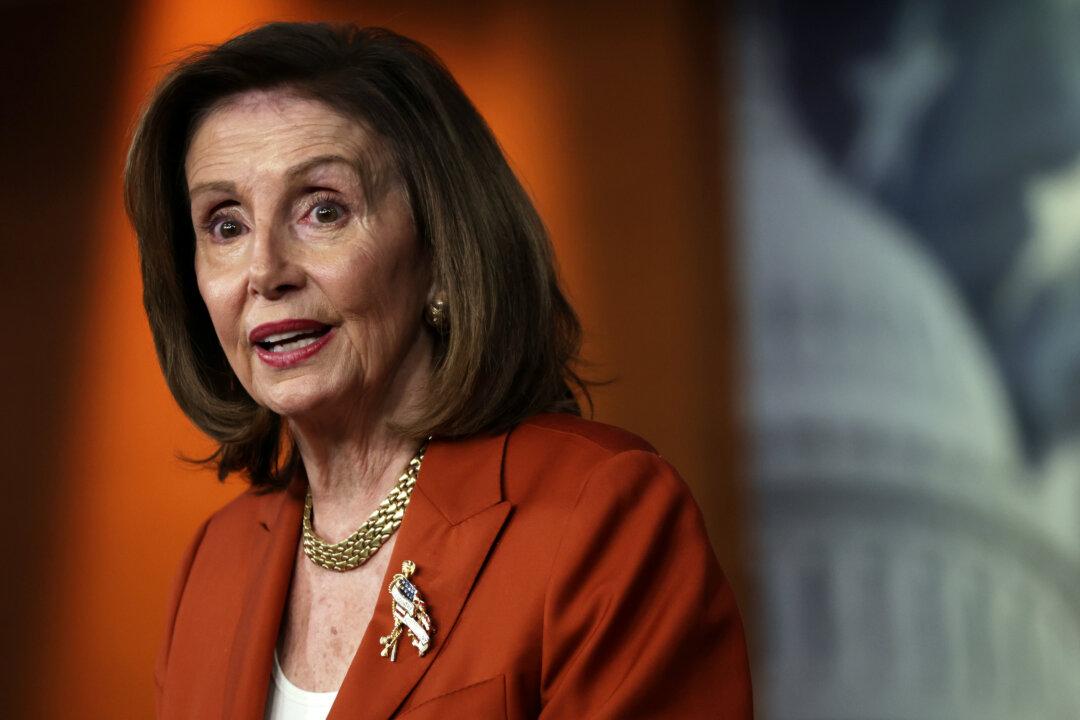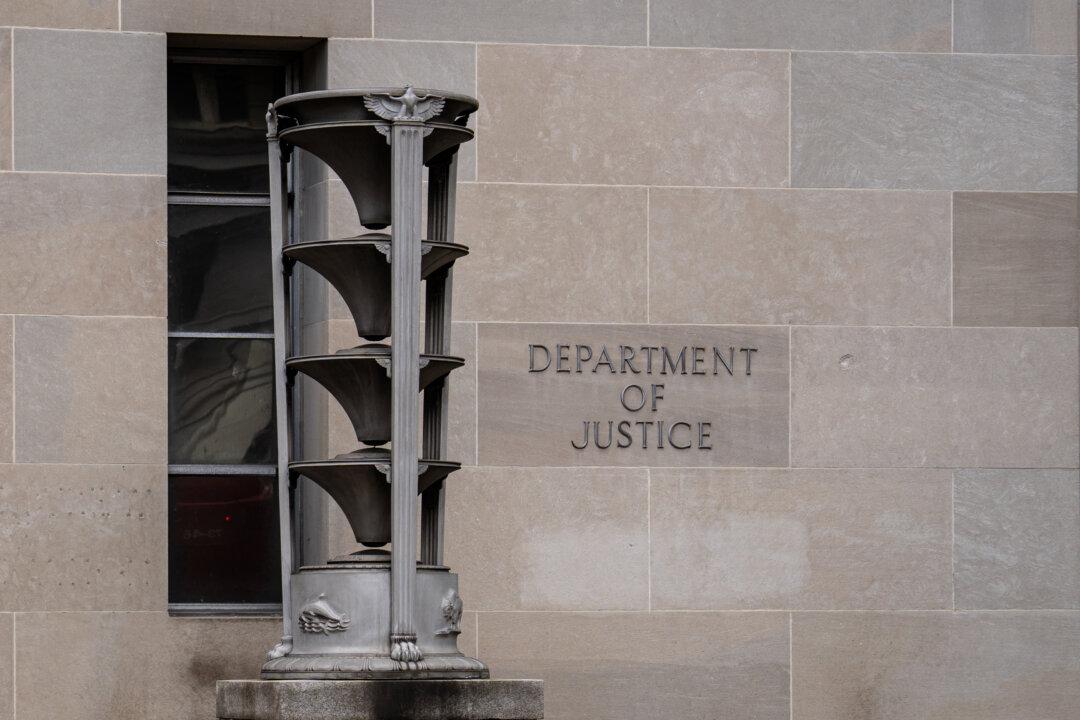On July 15, Democrats in the House of Representatives voted to advance a bill that would codify the Supreme Court’s (SCOTUS) 1973 decision in Roe v. Wade into law, sending it to the Senate where it is likely to fail.
The bill, dubbed the Women’s Health Protection Act (WHPA), passed the House in a 219–210 vote. Rep. Henry Cuellar (D-Texas), the only pro-life Democrat in the lower chamber, alone defected from his party in opposition to the bill.





